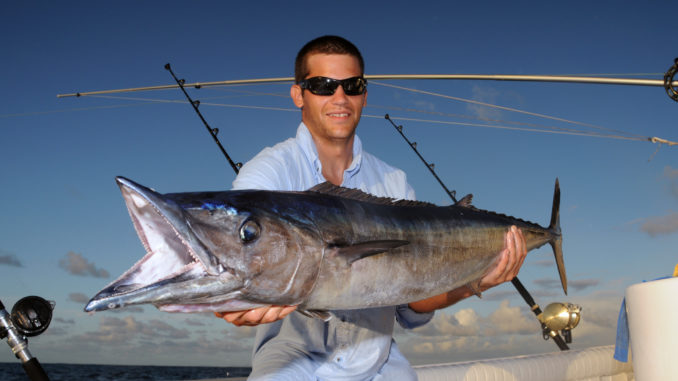
Additional funding needed for future dredging
For several months, Anthony Popiel, a captain with the U.S. Coast Guard, has been saying that Oregon Inlet was shoaling so quickly it would eventually have to be closed to larger boats — despite the fact that the Merritt, a U.S. Army Corps of Engineers dredge, had been working almost every day, still losing ground.
When Gov. Bev Perdue visited the area on April 11, she was told the closure was expected to come by the end of the week for vessels 80 feet and longer or with capacities exceeding 100 tons. The Oregon Inlet charter fleet uses smaller boats, and its use of the inlet was not in immediate jeopardy.
Sometime that week, a solution that Perdue didn’t know existed was discovered, and the Currituck, a larger dredge than can work around the clock, was dispatched to the area; it began work on April 16.
Federal officials said there is only enough funding to operate the Currituck for a month, and they are hoping that will be enough to save the channel for a while. In the meantime, Perdue is pressuring Congress and the president for funding for a long-term solution, and Popiel has agreed to hold off on issuing the closing order and will give the new dredge some time to make improvements.
Oregon Inlet is filling up with sand from Bodie Island, which has continually migrated south since the inlet was cut by a hurricane in 1846. The Corps typically receives about $8 million annually for dredging the inlet, but it only has $4 million to work with this year. Estimates range to as high as $15 million to return the channel to its authorized 14-foot depth.
According to Popiel, the problem was a 2-fold issue of safety. The spit from Bodie Island had been steadily moving to the south, building into and across the channel. It effectively blocked the only section of the Herbert C. Bonner Bridge that is bulkheaded for protection from passing boats. In addition to the initial safety concern for grounding and losing control of the larger boats, the second safety concern is for the aging bridge, with the risk that a disabled boat could crash into a piling and jeopardize its already marginal integrity.
Capt. Ned Ashby, captain of the charter boat Sea Breeze, said, “The big boats have already been waiting for high tides to cross through the inlet. Even then, they have to idle across and sometimes bump a little. The inlet is filling in quickly, and there have been days when it looked like the bar had moved in the time between when we headed out in the morning and came back in the afternoon.”
In addition to Perdue, Kay Hagan and Richard Burr, North Carolina’s senators, have been involved in negotiations to secure funding for the inlet’s dredging. While Hagan asked for earmarked funds, Burr said there should be money in the Corps’ budget for the dredging. Perdue said she is ready to commit state funds if the channel can be maintained for the safe use of the larger vessels.
“The fishing industry is more than just a way to make a living. It is part of the Outer Banks cultural heritage and brings millions of dollars to North Carolina every year,” Perdue said.
A 2006 study commissioned by Dare County found that the recreational fishing industry involved with Oregon Inlet was valued at more than $500 million annually and is estimated to have grown to more than $600 million since then.


Be the first to comment